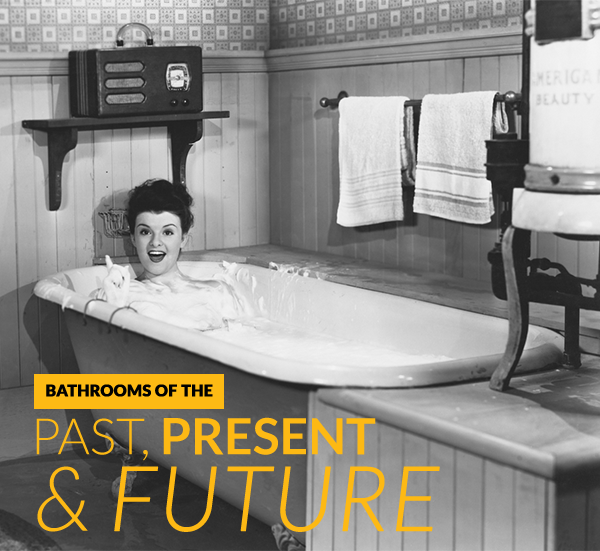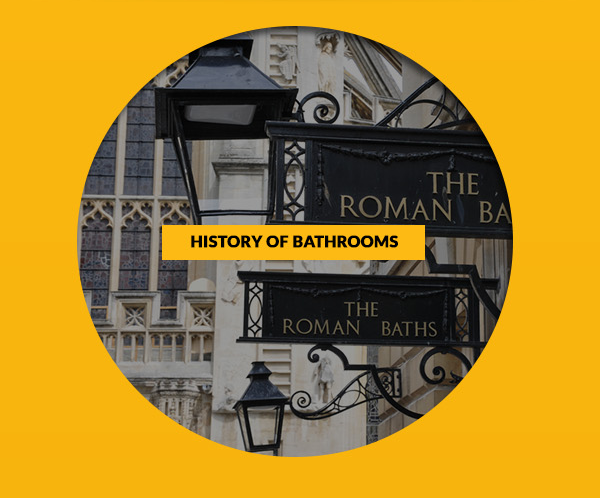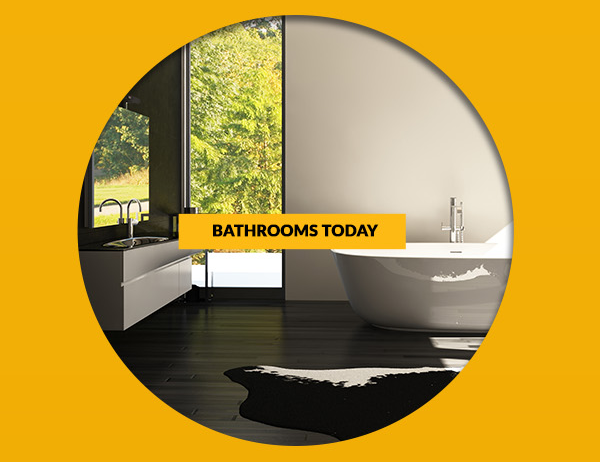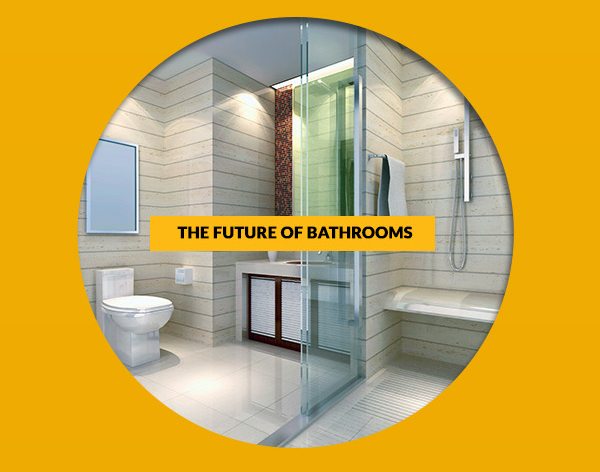Menu
- Shower Panels
-
Showering
- Shower Doors & Enclosures
- Walk In Showers & Wetroom Glass
- Shower Trays
- Shower Valves
- Bath Shower Screens
- Shower Accessories & Spares
- Shower Pumps
- View all products...
-
Bathroom Suites
- Complete Bathroom Suites
- Baths
- Toilets & Bidets
- Basins
- View all products...
- Taps
- Furniture
- Radiators
-
Ceilings, Floors, Tiles
- PVC Ceiling Panels
- Bathroom Flooring
- Tiles, Tile Trims & Adhesives
- Underfloor / Undertile Heating
- View all products...
- Accessories
- Extras
- Plumbing
- Wet Rooms
- Shower Panels
-
Showering
- Shower Doors & Enclosures
- Walk In Showers & Wetroom Glass
- Shower Trays
- Shower Valves
- Bath Shower Screens
- Shower Accessories & Spares
- Shower Pumps
- View all products...
-
Bathroom Suites
- Complete Bathroom Suites
- Baths
- Toilets & Bidets
- Basins
- View all products...
- Taps
- Furniture
- Radiators
-
Ceilings, Floors, Tiles
- PVC Ceiling Panels
- Bathroom Flooring
- Tiles, Tile Trims & Adhesives
- Underfloor / Undertile Heating
- View all products...
- Accessories
- Extras
- Plumbing
- Wet Rooms
Bathrooms of the Past, Present and Future
10 Nov 2015, 1:15 PM

Today most people take their bathroom for granted. In almost every home, there is at least one bathroom, but this was not always the case. In the past, most homes did not have a bathroom as personal hygiene was not as important as it is today. Despite the fact that toilet and bathing facilities have always been necessary for humans, the bathroom of today is very different to what it was centuries ago. In fact, as recently as Victorian times, there was no such thing as a dedicated bathroom. Most bathing took place in the bedroom and, for many people, bathing consisted simply of washing faces, hands and arms. No other part of the body was washed!
So how has the bathroom changed over time?
So how has the bathroom changed over time?


From 1154-1189 King Henry II reigned, and it was during this period that bathhouses were set up in London. These bathhouses were based on the Roman style, large pools, and they were called bagnios. The Romans built large, thermal baths, which, in London, were known as stewhouses because the bathers would sit in hot water.
Henry VI closed the bagnios during his reign from 1422 to 1471, which were by then used as fronts for brothels. The resulting public outcry led to a U-turn, but only twelve were allowed to re-open.
During the reign of Queen Victoria, the upper class had their own washing areas within their bedrooms, with indoor plumbing similar to that which is used in bathrooms today. Decorative washstands would take pride of place in the bedroom. How well decorated the washstand was usually indicated how wealthy the homeowners were. Those who did not have indoor plumbing used basins and jugs to bathe themselves.
Bathhouses were becoming the norm in many areas during the mid-nineteenth century, and it was in these public bathhouses that people would wash themselves and their clothes. By 1915, every town had at least one bathhouse.
Not everyone was using public bathhouses, however. The wealthy tended to have private bathrooms with free standing baths in their homes. Most of these baths were filled with hot water by servants who heated the water on the kitchen range and then had the task of heaving the heavy buckets to the bath.
In poor homes, a tin bath was typically used and filled in the same way. Nevertheless, these homes did not have a private space for bathing. The tin bath was usually placed in the kitchen in front of the fire. When the bath was filled, everyone in the house would bathe themselves in the same water. The order in which they had their bath was the head of the house first, followed by every male in the house in age order, and then females after that. It meant that a female baby would, no doubt, be washed in very dirty water!
In many homes, there was no such thing as an indoor toilet and many areas had shared toilets among a large number of homes. In fact, newer areas usually had a ‘privvy’, which was a large pit covered with toilet seats for everyone in the area to share. There was often no sewage disposal and, when the pits filled up or when the rain filled them, the contents would overflow into the nearby homes and gardens. This continued in many areas of Britain until the 1950s and even the 1960s.
Henry VI closed the bagnios during his reign from 1422 to 1471, which were by then used as fronts for brothels. The resulting public outcry led to a U-turn, but only twelve were allowed to re-open.
During the reign of Queen Victoria, the upper class had their own washing areas within their bedrooms, with indoor plumbing similar to that which is used in bathrooms today. Decorative washstands would take pride of place in the bedroom. How well decorated the washstand was usually indicated how wealthy the homeowners were. Those who did not have indoor plumbing used basins and jugs to bathe themselves.
Bathhouses were becoming the norm in many areas during the mid-nineteenth century, and it was in these public bathhouses that people would wash themselves and their clothes. By 1915, every town had at least one bathhouse.
Not everyone was using public bathhouses, however. The wealthy tended to have private bathrooms with free standing baths in their homes. Most of these baths were filled with hot water by servants who heated the water on the kitchen range and then had the task of heaving the heavy buckets to the bath.
In poor homes, a tin bath was typically used and filled in the same way. Nevertheless, these homes did not have a private space for bathing. The tin bath was usually placed in the kitchen in front of the fire. When the bath was filled, everyone in the house would bathe themselves in the same water. The order in which they had their bath was the head of the house first, followed by every male in the house in age order, and then females after that. It meant that a female baby would, no doubt, be washed in very dirty water!
In many homes, there was no such thing as an indoor toilet and many areas had shared toilets among a large number of homes. In fact, newer areas usually had a ‘privvy’, which was a large pit covered with toilet seats for everyone in the area to share. There was often no sewage disposal and, when the pits filled up or when the rain filled them, the contents would overflow into the nearby homes and gardens. This continued in many areas of Britain until the 1950s and even the 1960s.

Today, there is no such thing as a public bathhouse and almost all newly-built homes have a main bathroom and at least one en-suite bathroom. As well as hot and cold running water, the bathrooms of today have toilets, wash basins, bathtubs, and showers. Some bathrooms have a shower over the bath, but others have separate shower stalls and bathtubs. They are often large and, in some homes, they are equipped with the latest technology including televisions, stereo equipment, steam free mirrors, underfloor heating, and hi-tech showers with multiple heads & shower pumps.
With personal hygiene so important to us today, more and more people are spending a small fortune on creating a masterpiece when designing their bathrooms. They are dedicating more space to this room and are making sure it is a place in which they can relax and enjoy the peace and tranquillity of their time alone. People are indulging in wetroom kits, Carron baths, Roman Showers, Clearwater baths
With personal hygiene so important to us today, more and more people are spending a small fortune on creating a masterpiece when designing their bathrooms. They are dedicating more space to this room and are making sure it is a place in which they can relax and enjoy the peace and tranquillity of their time alone. People are indulging in wetroom kits, Carron baths, Roman Showers, Clearwater baths

With technology progressing at a rapid rate, it is difficult to predict how the bathroom of the future will look. Nonetheless, many expect that water consumption will be reduced dramatically with the installation of special sensors that will detect the minimum amount of water required to clean a body as well as ultrasonic devices that will minimise the need for soap.
Information
Customer Service
Where to Find Us
Copyright © Rubber Duck Bathrooms Ltd







